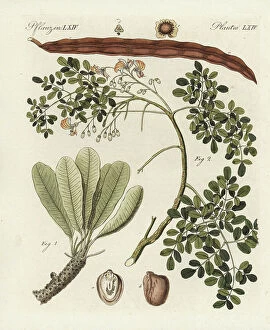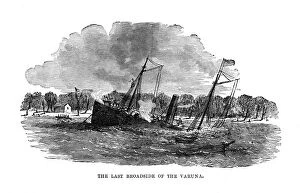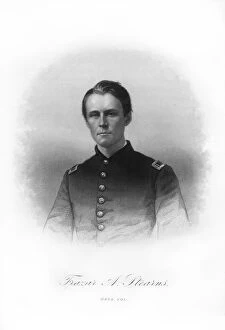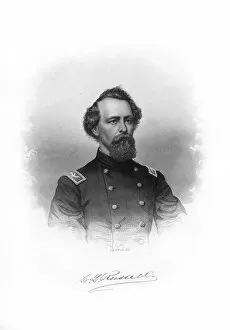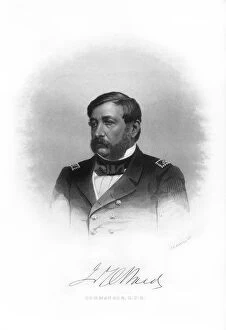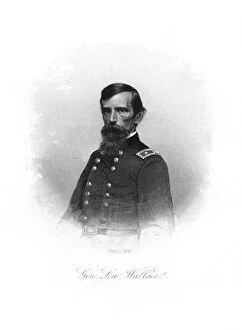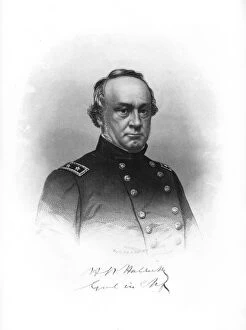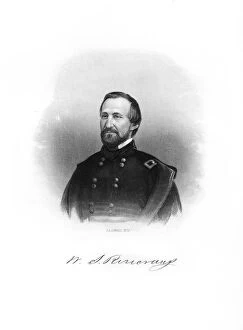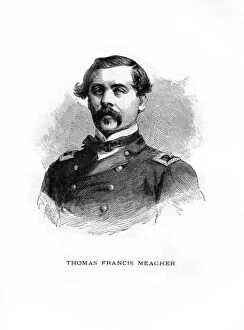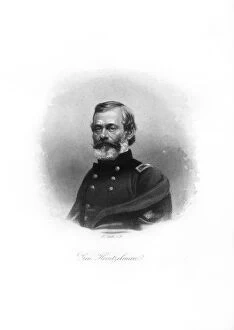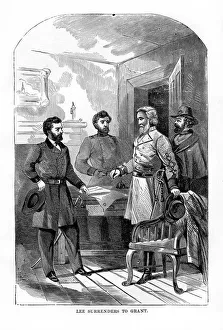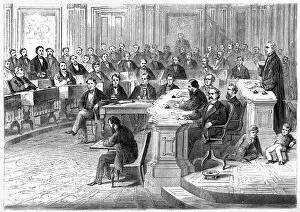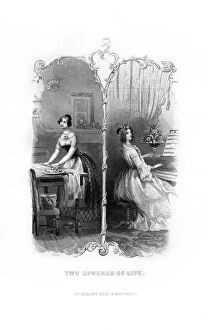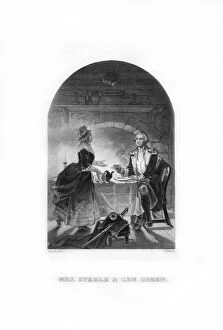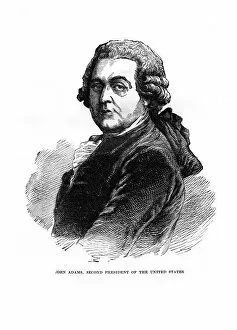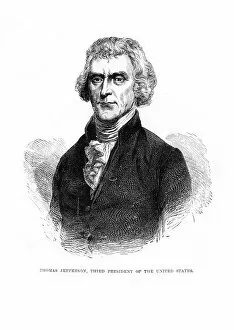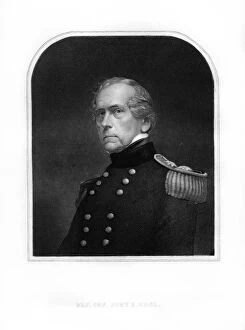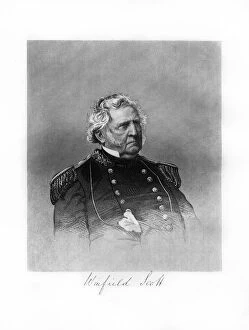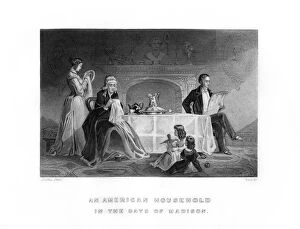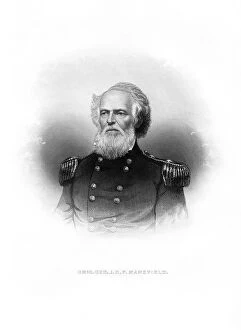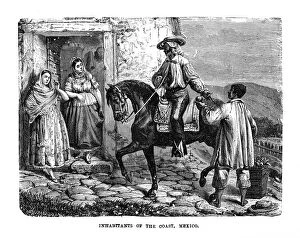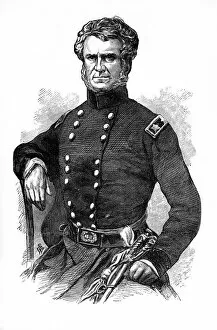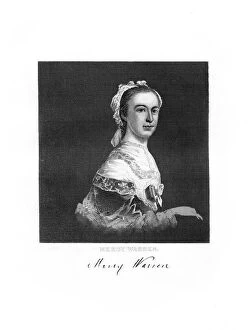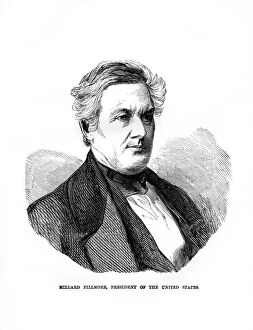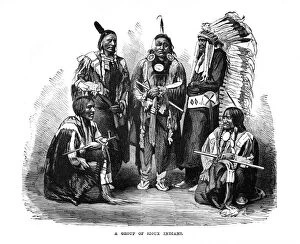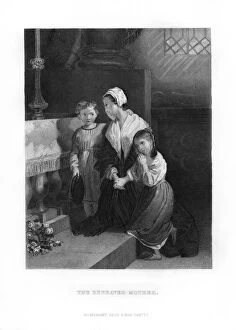Shea Collection
"Shea: A Journey Through Time and Places" Step into the world of "shea" as we explore its diverse connections across different eras and locations. From William A
All Professionally Made to Order for Quick Shipping
"Shea: A Journey Through Time and Places" Step into the world of "shea" as we explore its diverse connections across different eras and locations. From William A. Shea Stadium to Sudan, Soho in London to the death of Christopher Columbus, this captivating word takes us on a remarkable journey. In William A. Shea Stadium, memories echo through the stands as baseball fans cheer for their favorite teams. The name "Shea" becomes synonymous with legendary moments and unforgettable games. Venturing far from the stadium's walls, we find ourselves amidst Sudan's vast landscapes where Dinka children collect shea butter fruit. Their nimble fingers carefully gather nature's gift, preserving traditions passed down through generations. Across continents, our next stop is Soho in London at 68 Dean Street W1. Here, hidden stories unfold within its vibrant streets - tales that intertwine with the essence of "shea. " Traveling back in time to 1506 brings us face-to-face with the solemn event of Christopher Columbus' passing. In this year marked by grief and loss, his legacy lives on through his discoveries that forever changed our understanding of the world. The artistry captured in John A O'Neill's portrait from 1872 reveals a man whose identity remains shrouded in mystery but exudes an aura that captivates all who behold it. Sir Henry Vane emerges as a prominent figure during Massachusetts' governance in 1872 – a leader whose actions shaped history and left an indelible mark on those he governed. As we delve deeper into historical events depicted by John A O'Neill's masterful brushstrokes, we witness General Johnston surrendering to General Sherman on April 26th, 1865 – a momentous occasion marking the end of one era and paving the way for new beginnings.


